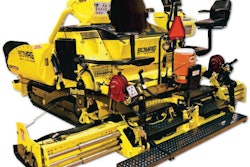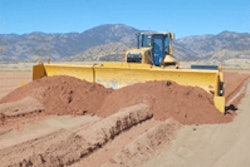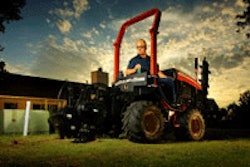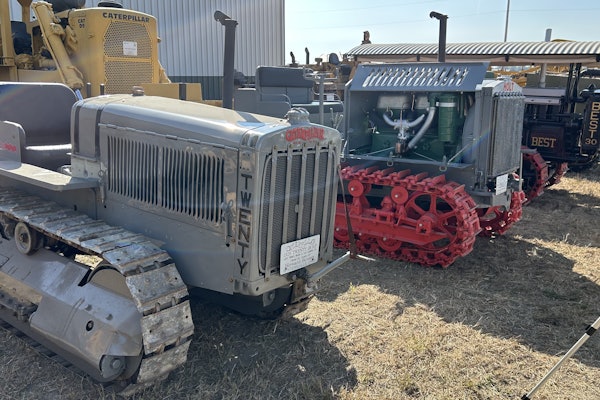As construction equipment owners seek lower operating costs, lower emissions and better returns on their machine investments, hybrid technologies like electrification are rapidly progressing from theory to reality.
But the terms used to describe this technology are often used interchangeably, leading to confusion. And with so much information in the marketplace, determining the right match of technology to application can be difficult.
“While manufacturers are moving as quickly as possible to get these new technologies to market, contractors will likely need clarification of the benefits of each in various machines before they can determine the value each solution brings to their businesses,” said Joe Mastanduno, product marketing manager for engines and drivetrains at John Deere Construction & Forestry.
“As new products hit the market, it is very important that contractors understand how each technology applied in different machines will provide different levels of benefits and payback.”
Pencils up
It’s helpful to start with a basic vocabulary lesson to realistically break down the technologies, their best applications and the potential payback.
Hybrid electrification technology in construction equipment simply means two sources of energy, such as diesel and electricity – with energy being created, transferred or stored. Think of “hybrid” as an umbrella term over subcategories like electric traction, auxiliary or ancillary electrification, energy management and integrated/starter alternators.
With electric traction, the engine drives a generator to create electricity used by an electric motor or motors to drive tracks or wheels. This is in the market today with large mining trucks.
“Electric drive is a future just waiting to happen,” said Mike Vorster, professor emeritus of construction engineering at Virginia Tech. “Thanks to research there’s going to be mega-levels of reliability with motors, drives and computer controls in handling of high-voltage current, and the diesel engine will be able to stick to the basic job it does best.”
John Deere has been heavily involved in electrification research and development, and has already launched a number of electric drives on greens and fairway mowers. The E-Cut series mowers use electric-driven cutting units, improving fuel economy and reducing environmental risk of hydraulic leaks.
“Electric drive technology sets the stage for energy storage. As energy storage reuse capabilities and costs improve over time, this technology will provide contractors with viable paybacks on equipment that does a lot of repetitive motion, or equipment with short cycle times such as loaders and excavators,” Deere’s Mastanduno said.
“Any application that slows down, dumps, swings, or basically has built-in times to recover energy can be a match for electric drive,” continued Mastanduno. “Electric drives can also be used on machines that operate at a more constant speed, but the energy storage option is most beneficial on repetitive movement machines.
“When Deere launches its first electric construction product, it will be the right machine form for the right application, with the right payback for the contractor,” Mastanduno said.
Auxiliary or ancillary electrification is generating electric power to run an attachment off the main machine or a component of the machine. An example of this is already in use: Deere’s e-Premium agricultural tractors, which run implements like sprayers with electric power.
For construction equipment, electrification could mean running items such as the HVAC (heating/cooling) system, the hydraulic pump, or using electricity as the input as opposed to mechanical gearing. That could also mean fewer moving parts and improved uptime.
Energy management involves having the right technology to recover unnecessary propulsion or work energy and store it. John Deere engineers are looking at energy storage for equipment, but at this time, the widespread storage of energy on construction and forestry equipment does not carry the right payback for customers.
The bottom line
With hybrid technology, whether it takes the form of electric drives, electrification, or energy storage, many factors have to come together to justify the cost of the added technology.
“No matter what the base equipment adds, contractors want a return on their investment in a reasonable time frame, an emissions benefit and the productivity, uptime and low daily operating costs they’re used to,” Mastanduno said.
“Contractors need a trusted equipment partner that offers the right technology combined with the right machine at the right time in the industry. John Deere is preparing itself to be just that.”
Contributed by John Deere













